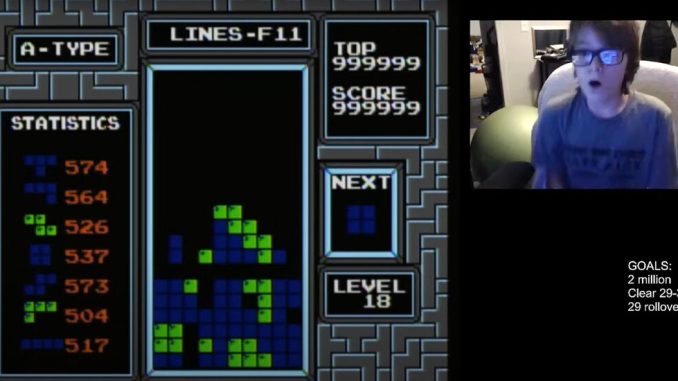
Ms. Cox bought her son a version of a Nintendo console called a RetroN, which used the same hardware as the original Nintendo console, from a pawnshop, as well as an old cathode-ray tube television to help him get started. In a given week, Willis said, he plays about 20 hours of Tetris.
“I’m actually OK with it,” Ms. Cox, a high school math teacher, said. “He does other things outside of playing Tetris, so it really wasn’t that terribly difficult to say OK. It was harder to find an old CRT TV than it was to say, ‘Yeah, we can do this for a little bit.’”
For decades, gamers “beat” Tetris by hacking into the game’s software. But Willis, who in the last year has become one of the country’s top Tetris players, is thought to be the first to do it on the original hardware.
“It’s never been done by a human before,” said Vince Clemente, the president of the Classic Tetris World Championship, adding, “It’s basically something that everyone thought was impossible until a couple of years ago.”
In the competitive Tetris world, the object is generally to outscore your opponents rather than to outlast them. “Trying for the crash” is a different approach entirely. It’s an act of survival.
“The main strategy is just playing as safe as you can,” Willis said.
It’s a bit more complicated than that, said David Macdonald, a video game content creator and competitive Tetris player known as aGameScout. In recent years, top players have begun using the “rolling technique,” a quick tapping method using several fingers instead of just one or two. This innovation has changed what is possible in competitive Tetris. More top players are “going for the crash,” as opposed to simply accumulating as many points as possible before being defeated by the game.


Be the first to comment